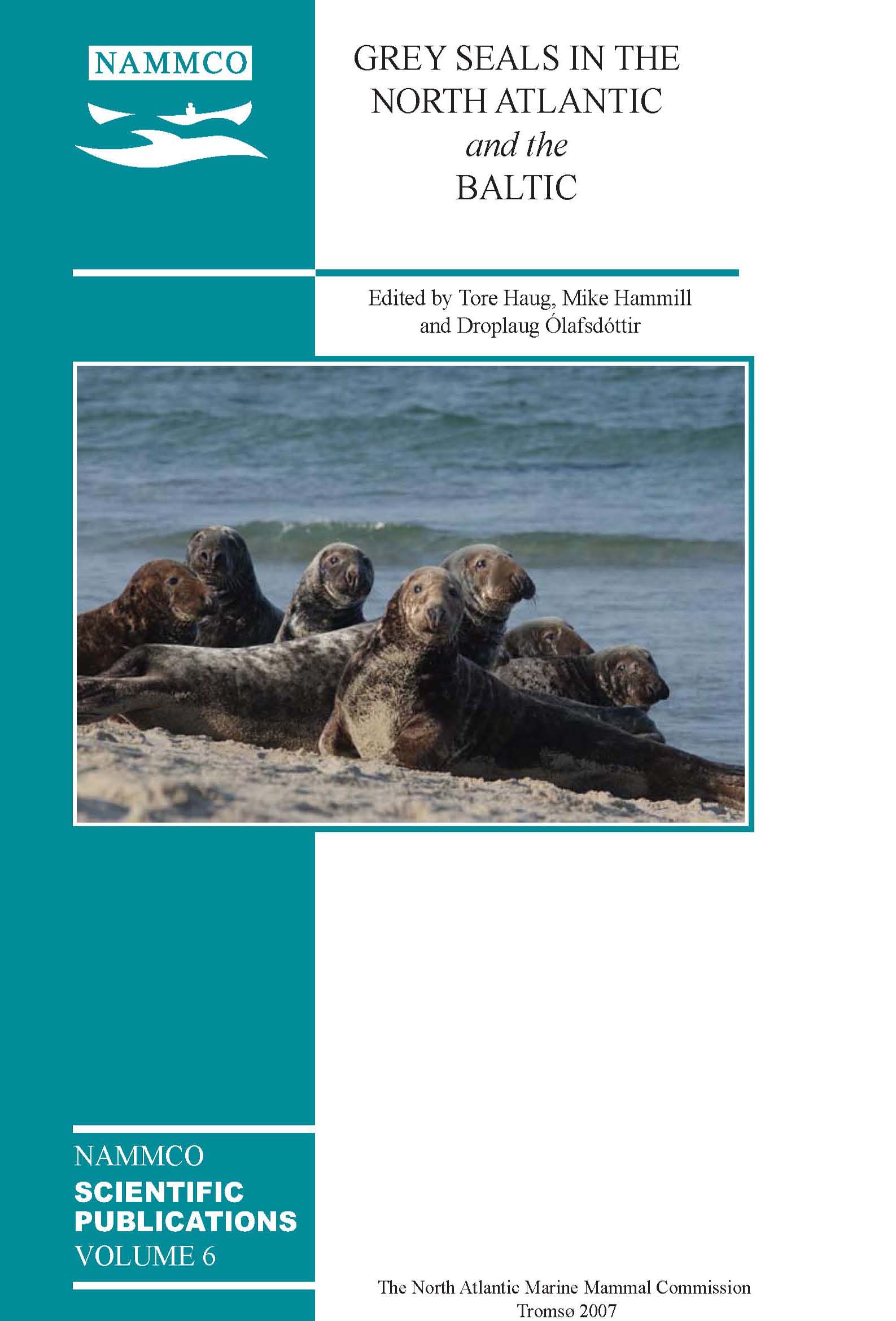Seasonal and interannual variability in grey seal diets on Sable Island, eastern Scotian Shelf
DOI:
https://doi.org/10.7557/3.2728Keywords:
grey seals, diet, Sable IslandAbstract
We studied seasonal and interannual variability in the diet of grey seals (Halichoerus grypus) using faecal samples collected from Sable Island, Nova Scotia between 1991 and 1998. More than 28,000 prey from at least 28 taxa were identified from 1,245 faecal samples collect mainly in spring, fall and winter. Sand lance (Ammodytes dubius) dominated the diet in all seasons and years, but the importance of this and other species varied over time. There was also evidence of seasonal and interannual variation in the size of prey consumed both within and among species. We compared diet composition with estimates of prey numbers and biomass from annual researchtrawl surveys conducted in March and July. Species-specific numerical corrections were applied to otolith counts to account for the complete digestion of otoliths, and fish catchability correction factors applied to trawl survey catches to account for trawl selectivity. Based on an odds ratio index of prey selectivity, grey seals positively selected sand lance in both seasons. Other species were either relatively avoided or eaten roughly in proportion to their estimated abundance.Downloads
Published
2007-01-01
How to Cite
Bowen, W. D., & Harrison, G. (2007). Seasonal and interannual variability in grey seal diets on Sable Island, eastern Scotian Shelf. NAMMCO Scientific Publications, 6, 123–134. https://doi.org/10.7557/3.2728
Issue
Section
Articles





